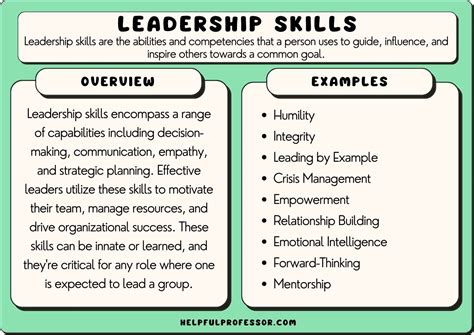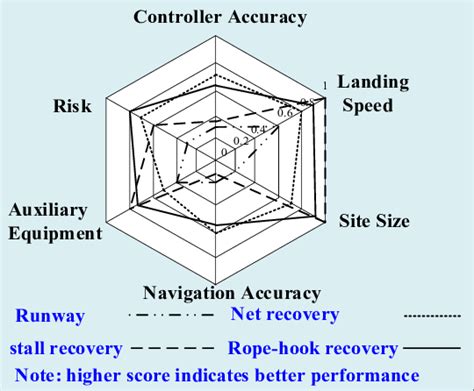How to optimize workout recovery for peak strength and performance?

The Crucial Role of Recovery in Athletic Success
Many athletes and fitness enthusiasts focus intensely on their training sessions, meticulously planning reps, sets, and progressive overload. While consistent and challenging workouts are undeniably critical, an often-overlooked yet equally vital component of the strength and performance equation is recovery. Without adequate recovery, your body cannot adapt to the stresses of training, leading to plateaus, increased injury risk, and diminished results. Optimizing recovery isn’t just about resting; it’s an active process that primes your body for the next challenge, ensuring you can consistently perform at your best.
Recovery is where the magic happens – muscles repair, grow stronger, energy stores are replenished, and the nervous system recharges. Neglecting this phase is like trying to drive a car with an empty fuel tank; no matter how good the engine, it won’t go far.

Pillars of Optimal Workout Recovery
Effective recovery is multifaceted, encompassing several key areas that work synergistically to restore and enhance your physical capabilities. Mastering these pillars will lay the foundation for sustainable progress.
1. Prioritize Quality Sleep
Sleep is arguably the single most powerful recovery tool. During deep sleep cycles, your body releases human growth hormone (HGH), which is essential for muscle repair and growth. It’s also when your central nervous system (CNS) recuperates, reducing fatigue and improving cognitive function.
- Aim for 7-9 hours: Most adults, especially those training intensely, need at least 7-9 hours of quality sleep per night.
- Maintain a consistent schedule: Go to bed and wake up around the same time daily, even on weekends, to regulate your circadian rhythm.
- Optimize your sleep environment: Ensure your bedroom is dark, quiet, and cool.
- Limit screens before bed: The blue light emitted by devices can interfere with melatonin production.

2. Fuel Your Body with Proper Nutrition
What you eat (and when you eat it) plays a direct role in how quickly and effectively your body recovers. Post-workout nutrition is crucial for replenishing glycogen stores and initiating muscle protein synthesis.
- Protein intake: Consume enough protein (around 1.6-2.2g per kg of body weight) daily, spread throughout meals, to provide amino acids for muscle repair and growth. Aim for a quick protein source post-workout.
- Carbohydrates: Replenish muscle glycogen with complex carbohydrates to restore energy levels, especially after intense or prolonged training.
- Healthy fats: Include sources of omega-3 fatty acids to help reduce inflammation.
- Micronutrients: Ensure a diet rich in fruits, vegetables, and whole grains to provide essential vitamins, minerals, and antioxidants that support overall health and recovery.

3. Stay Adequately Hydrated
Water makes up a significant portion of your body weight and is critical for virtually every bodily function, including nutrient transport, temperature regulation, and joint lubrication. Dehydration can severely impair performance and recovery.
- Drink throughout the day: Don’t wait until you’re thirsty. Sip water consistently.
- Electrolytes: During intense or long workouts, consider electrolyte-rich beverages to replace lost salts.
- Monitor urine color: Light yellow or clear urine is generally a good indicator of adequate hydration.
4. Incorporate Active Recovery and Mobility Work
While complete rest days are important, active recovery involves low-intensity exercise that promotes blood flow without adding significant stress. This can help clear metabolic waste products and reduce muscle soreness (DOMS).
- Light cardio: Walking, cycling, or swimming at a low intensity.
- Stretching and foam rolling: Improve flexibility, release muscle tension, and enhance blood flow.
- Yoga or Pilates: Enhance mobility, stability, and body awareness.

5. Manage Stress Effectively
Chronic stress, whether from training or daily life, can elevate cortisol levels, which can hinder recovery, impair immune function, and interfere with sleep. Integrating stress-reduction techniques is vital.
- Mindfulness and meditation: Even short sessions can reduce stress and improve mental clarity.
- Deep breathing exercises: Activate the parasympathetic nervous system, promoting relaxation.
- Hobbies and social connections: Engage in activities that bring joy and help you unwind.
Advanced Recovery Modalities
Beyond the foundational pillars, several advanced techniques can further enhance your recovery process:
- Cold Therapy (Ice Baths/Cryotherapy): Can reduce inflammation and muscle soreness. Use judiciously, as some research suggests it might blunt long-term muscle adaptations if used immediately post-training.
- Heat Therapy (Saunas/Hot Baths): Can improve blood flow and muscle relaxation.
- Massage/Massage Guns: Helps to relieve muscle tension, improve circulation, and reduce soreness.
- Compression Garments: May aid in reducing muscle oscillation and improving blood flow.
- Strategic Supplementation: Creatine, BCAAs, and magnesium can support recovery for some individuals, but should always complement a sound diet.

Listen to Your Body and Adapt
No two individuals are exactly alike, and your recovery needs will vary based on training intensity, lifestyle, and individual physiology. Pay attention to signals your body sends: persistent fatigue, poor sleep, increased irritability, prolonged muscle soreness, or a drop in performance are all signs that your recovery may be insufficient. Adjust your training load, prioritize rest, and reassess your recovery strategies as needed. Consistency in recovery is just as important as consistency in training.
Conclusion
Optimizing workout recovery is not a passive break but an active investment in your athletic longevity and performance potential. By diligently focusing on quality sleep, strategic nutrition, consistent hydration, active recovery, and effective stress management, you empower your body to repair, adapt, and come back stronger. Embrace recovery as an integral part of your training regimen, and you’ll unlock new levels of strength, endurance, and overall well-being on your journey to peak performance.







